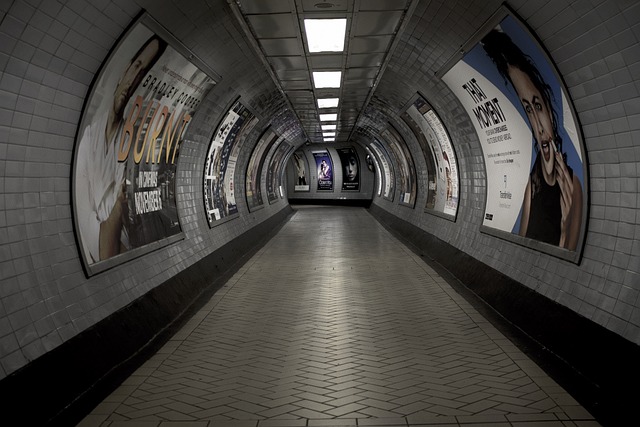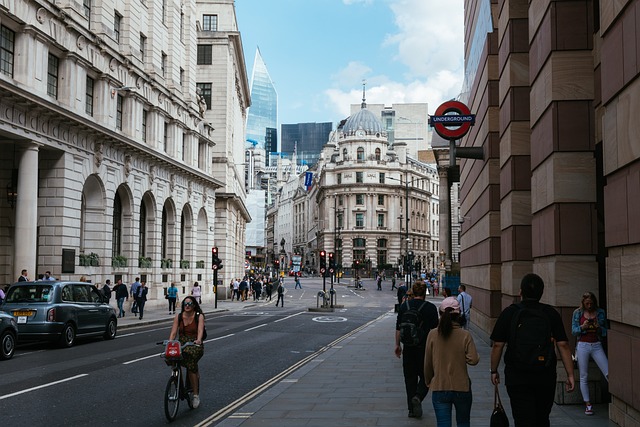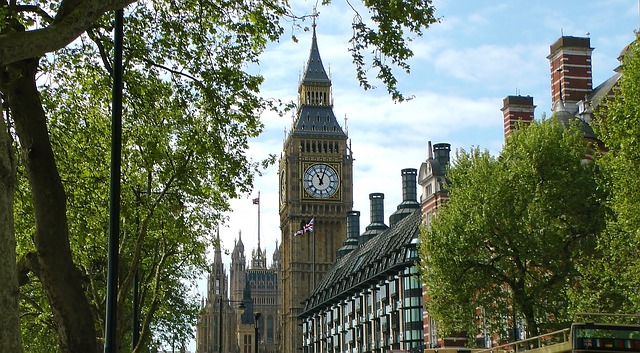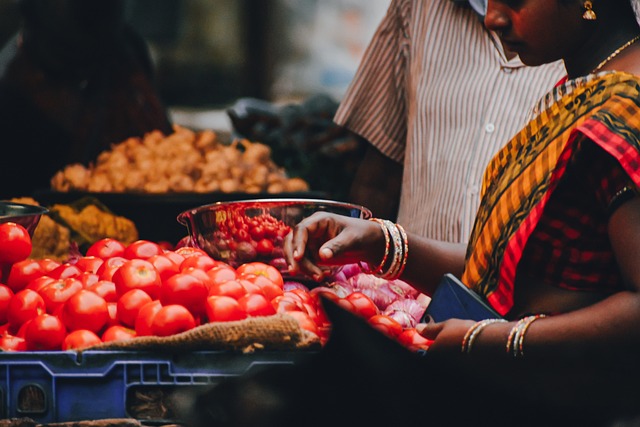British Tea Culture: A Timeless Tradition
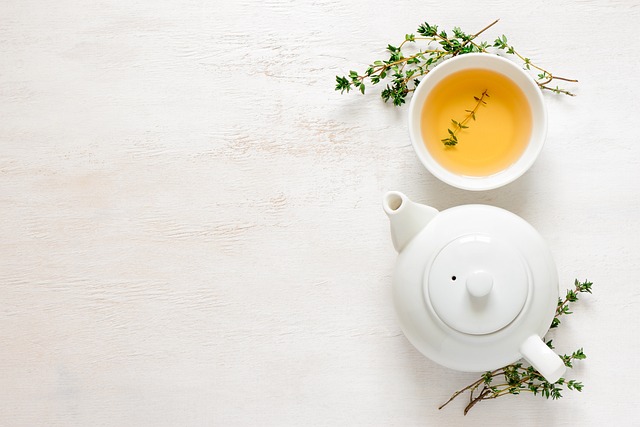
Tea is more than just a beverage in the United Kingdom; it is a cornerstone of British culture and a symbol of hospitality, tradition, and social interaction. From the elegant afternoon tea to the humble “cuppa,” British tea culture has a rich history and continues to play a significant role in daily life. This article delves into the origins, customs, and modern-day significance of British tea culture, offering a comprehensive look at this timeless tradition.
1. The History of Tea in Britain
The story of tea in Britain dates back to the 17th century, when it was introduced by Catherine of Braganza, the Portuguese wife of King Charles II. Initially a luxury enjoyed by the aristocracy, tea gradually became accessible to all social classes, thanks to the efforts of the British East India Company and the advent of tea clippers, which sped up the import process.
Key Milestones:
- 1662: Catherine of Braganza popularizes tea at the royal court.
- 18th Century: Tea becomes a staple in British households, with the establishment of tea gardens and the rise of tea shops.
- 19th Century: The invention of afternoon tea by Anna, the Duchess of Bedford, cements tea’s place in British culture.
2. Afternoon Tea: A Quintessential British Experience
Afternoon tea is perhaps the most iconic British tea tradition. It typically includes a selection of teas, finger sandwiches, scones with clotted cream and jam, and a variety of pastries and cakes.
Key Elements:
- Tea Selection: Popular choices include Earl Grey, Darjeeling, and English Breakfast.
- Sandwiches: Classic fillings include cucumber, smoked salmon, and egg mayonnaise.
- Scones: Served warm with clotted cream and strawberry jam.
- Pastries and Cakes: Options range from Victoria sponge to éclairs and macarons.
Where to Enjoy Afternoon Tea:
- The Ritz London: A luxurious experience in a historic setting.
- Betty’s Tea Rooms (York): A charming venue with a traditional atmosphere.
- The Wolseley (London): Known for its elegant decor and impeccable service.
3. The Humble “Cuppa”: Tea in Everyday Life
While afternoon tea is a special occasion, the everyday “cuppa” is a staple of British life. Whether at home, work, or social gatherings, tea is a comforting and ubiquitous presence.
How to Make the Perfect Cuppa:
- Boil Fresh Water: Always use freshly boiled water for the best flavor.
- Warm the Teapot: Rinse the teapot with hot water to keep the tea warm.
- Add Tea: Use one teaspoon of loose-leaf tea or one tea bag per person, plus one for the pot.
- Steep: Let the tea steep for 3-5 minutes, depending on desired strength.
- Serve: Add milk and sugar to taste. The debate over whether to add milk first or last remains a topic of friendly contention.
4. Tea Etiquette and Customs
British tea culture is steeped in etiquette and customs, reflecting its social significance.
Key Etiquette Tips:
- Pinky Out?: Contrary to popular belief, lifting the pinky finger is not a standard practice. Hold the cup by the handle, with your fingers lightly curled.
- Stirring: Stir gently and avoid clinking the spoon against the cup.
- Napkin Use: Place the napkin on your lap and use it to dab your mouth, not wipe.
- Conversation: Tea time is a social occasion, so engage in polite conversation and avoid controversial topics.
5. Regional Variations and Specialties
While tea is a national tradition, different regions of the UK have their own unique takes on tea culture.
a. Cream Tea (Southwest England)
- A simpler version of afternoon tea, featuring scones with clotted cream and jam, accompanied by a pot of tea.
- Popular in Devon and Cornwall, where the “cream tea debate” (cream first or jam first) is a local pastime.
b. High Tea (Northern England and Scotland)
- Originally a working-class meal, high tea includes hearty dishes like meat pies, baked beans, and cakes, alongside tea.
- It is more substantial than afternoon tea and is typically served in the early evening.
c. Builder’s Tea
- A strong, milky tea often enjoyed by workers, known for its robust flavor and comforting qualities.
- Typically made with a robust black tea like English Breakfast or Yorkshire Tea.
6. Modern Tea Culture
While traditional tea customs remain popular, modern tea culture in the UK has evolved to include new trends and innovations.
a. Specialty Tea Shops
- Shops like Whittard of Chelsea and T2 offer a wide range of specialty teas, from exotic blends to herbal infusions.
- These shops often provide tasting sessions and expert advice.
b. Tea Cocktails
- Mixologists are incorporating tea into cocktails, creating unique and flavorful drinks.
- Popular options include Earl Grey martinis and matcha mojitos.
c. Tea Subscription Services
- Companies like The Tea Makers of London and Bluebird Tea Co. offer subscription services, delivering curated tea selections to your door.
7. Tea and British Identity
Tea is deeply intertwined with British identity, symbolizing comfort, resilience, and community. It has played a role in historical events, from the World Wars to the Blitz, where tea provided solace and a sense of normalcy during difficult times.
Cultural References:
- Literature: Tea features prominently in British literature, from Jane Austen’s novels to Agatha Christie’s mysteries.
- Film and Television: Iconic scenes of tea drinking can be found in shows like Downton Abbey and Doctor Who.
8. Tips for Enjoying British Tea Culture
- Experiment with Blends: Try different types of tea to discover your favorites.
- Host a Tea Party: Invite friends and family for an afternoon tea gathering.
- Visit Tea Plantations: Explore tea-growing regions like Cornwall and Scotland to learn more about the tea-making process.

